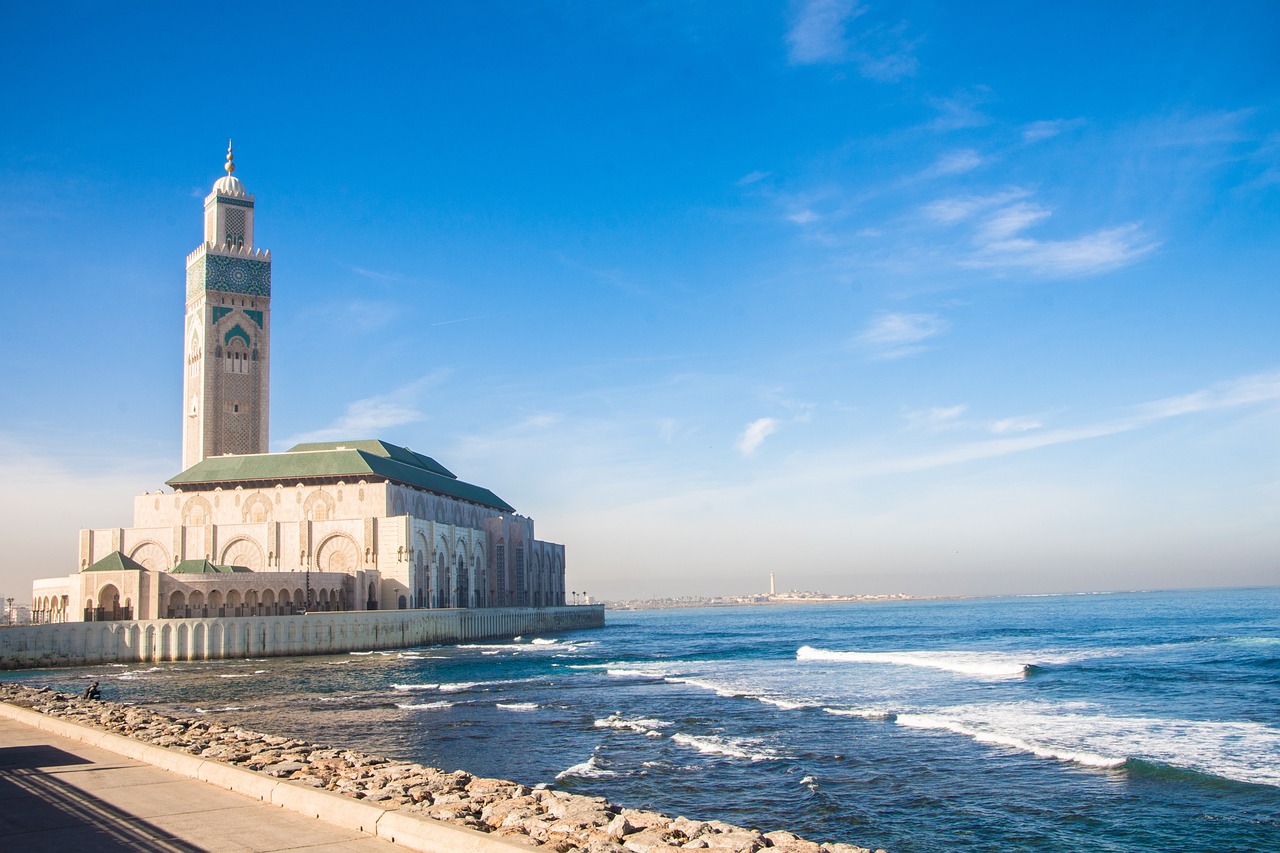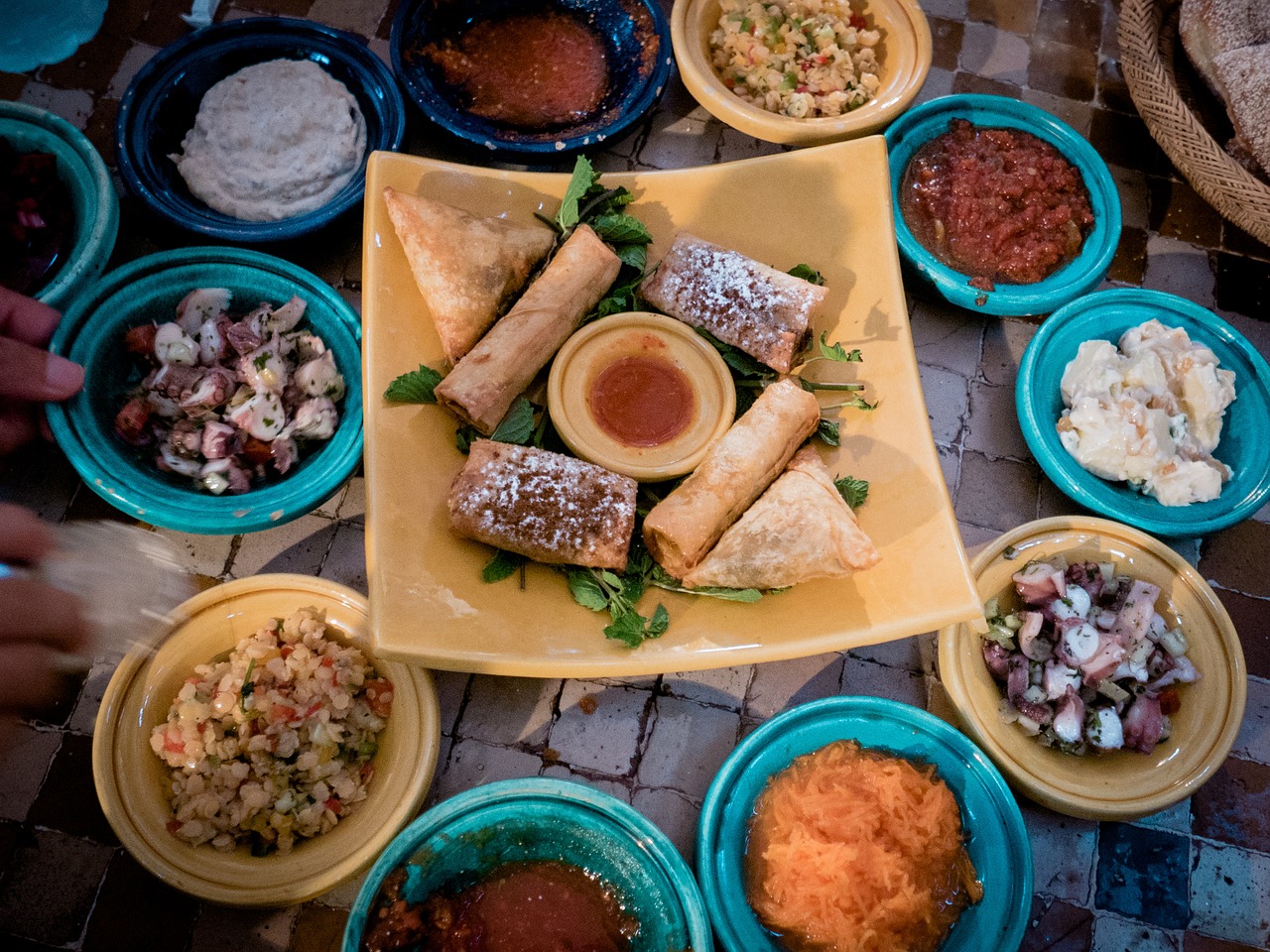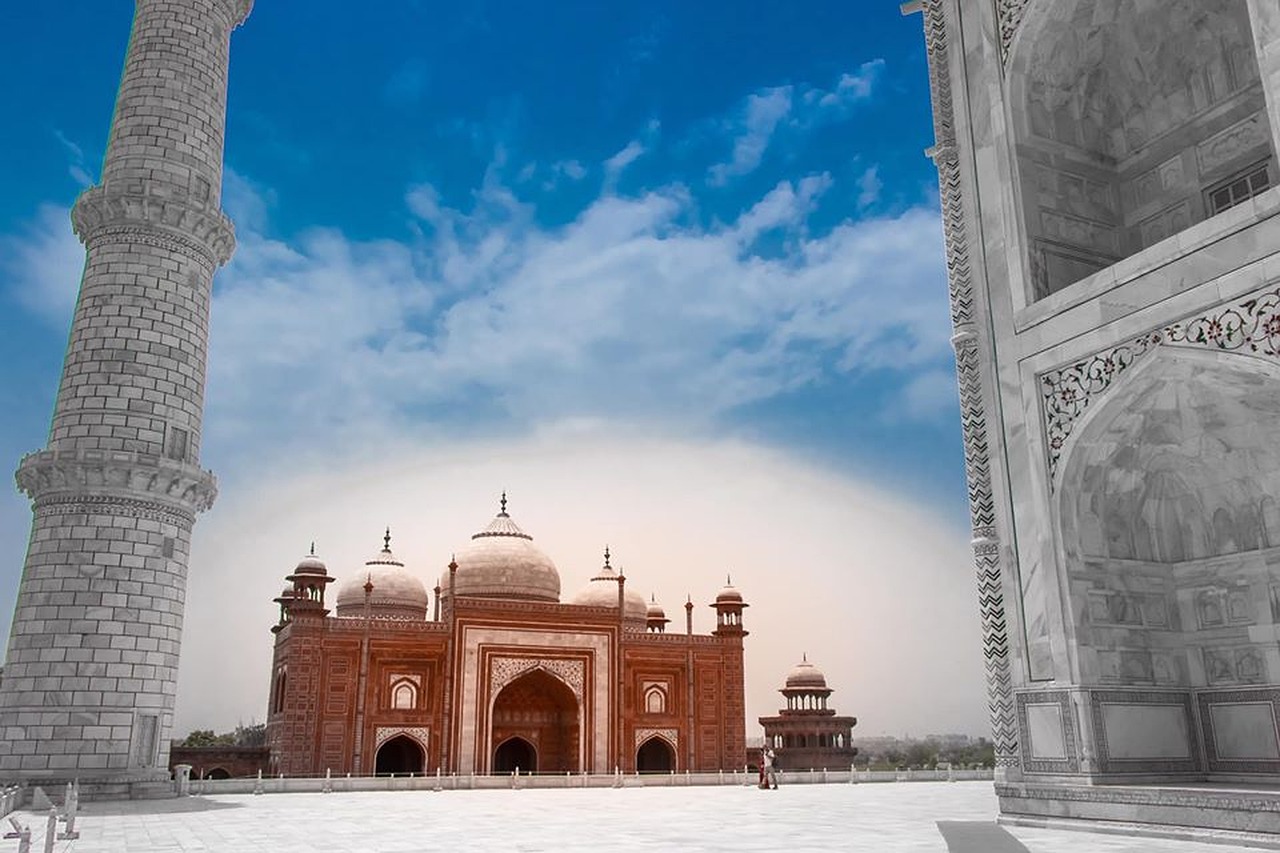Culture & Travel
26 October 2023Today, we're delving into the enigmatic allure of North Africa, a place some of us may have only encountered through the iconic movie bearing the same name. This enchanting city serves as the perfect blend of history, culture, and an unmistakable ambiance. We're talking about none other than Casablanca, a city that has long captivated travelers with its pristine whitewashed structures and bustling traditional bazaars. Casablanca effortlessly harmonizes contemporary business hubs with its rich historical architecture in the old town. Situated along the Atlantic Ocean, the city's allure is further heightened by its coastal vistas and the tantalizing flavors of its seafood cuisine. And the best part? You can explore this gem without the hassle of a visa. So, let's dive right into our article without further ado. Happy reading!

History of the White City
Let's rewind eight centuries. Amidst the shroud of obscurity, the earliest traces of this settlement belong to the Anfa, a Berber tribe that settled here in the 13th century. With the rise of seafaring in Western Europe and the subsequent era of geographical discoveries, this place transformed into a hub for piracy. As a result of its proximity to Portugal, the Portuguese sought to quell this threat and razed it to the ground in 1468. However, they returned in 1515, laying the groundwork for the city's settlement. Originally christened Casa Branca, signifying "white house" in their language, the city was ravaged by the catastrophic earthquake of 1755, one of the most devastating tremors in world history. Subsequently abandoned, it wasn't until the 18th century, under the orders of the Sultan of Morocco, Sidi Mohammed bin Abdullah, that the city was reconstructed. Spanish merchants began referring to the city in their tongue, maintaining the essence of its name: "The White House" or Casa Blanca. Despite later French occupation and their influence on the city, it has persisted in minds, memories, and maps as Casa Blanca.

Modern Urban Landscape
Despite the echoes of its rich history lingering within the whitewashed facades and ancient charm of the bazaars, life in Casablanca thrives in a manner befitting the modern world. Given its alluring appeal, one wouldn't expect Casablanca to have anything but a substantial population. With a staggering count of almost 4 million residents, Casablanca stands as the most populous city in the Maghreb region, contributing to a third of the country's total electricity production. It also holds the distinction of being Morocco's foremost commercial hub, essentially serving as the linchpin of the Moroccan economy. Notably, the Finance City in Casablanca, home to the largest financial center on the African continent, stands as a distinct district, boasting imposing skyscrapers that first took root in 2010.

The Mysterious Charm of Casablanca
This city, boasting a 2-hour time difference with Turkey, represents the modern face of Morocco. Naturally, transactions here are conducted in Moroccan Dirham. While major hotels, restaurants, and businesses in the area accept credit cards, it's highly likely you'll come across smaller enterprises where cash is king. So, having some cash on hand will be a lifesaver in Casablanca. The English proficiency rate in Morocco is as low as 14%. However, in Rabat, Marrakech, and Casablanca, where most English speakers are concentrated, a working knowledge of the language might come in handy for communicating your needs. On the other hand, if you're fluent in French, not only can you convey your problems, but you can also share your life story. Much like in other Middle Eastern cities, bargaining is an indispensable part of shopping in the bazaars of Casablanca. If you're skilled in the art of negotiation, you'll undoubtedly enhance your experience in this vibrant city. It's worth mentioning that internet speeds in Morocco are generally slow, and traffic in the metropolitan areas is quite congested.

Casablanca Exploration
Now, let's delve into the heart of our article. We've put together a brief list of essential places to visit in this enchanting white city. At the top of the list is the Hassan II Mosque, a renowned symbol of Casablanca made famous by the movie of the same name. This monumental mosque, one of the largest in the world, was constructed between 1980 and 1993 by French architect Michel Pinseau. Its minaret, towering at 210 meters, accommodates over a hundred thousand worshipers simultaneously. Morocco holds the distinction of being the first country to recognize the United States of America in history. During the era of Mohammed III, the Royal Palace was modeled after the White House. Nestled in the Habous district, enveloped by fragrant orange groves, this palace still stands as the distinguished white palace of the city. Undoubtedly, Mohammed VI Square is one of the city's most iconic spots. Encircled by 20th-century Spanish and Maghrebi buildings, this square was conceived by Henri Prost himself. However, the most remarkable of these buildings is the Wilaya, inaugurated in 1930 by Sultan Mohammed VI.



